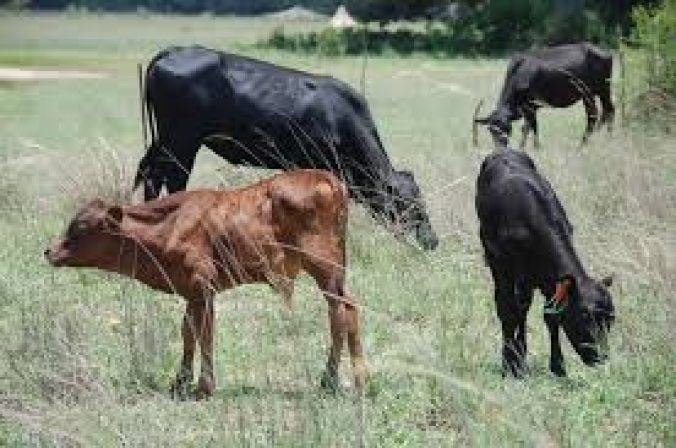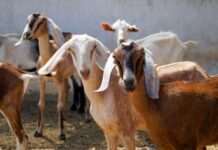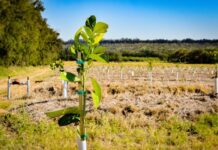By Oscar Nkala:
The World Bank says drought, floods, pests/livestock disease outbreaks and market price volatility are among the principal risks affecting crop and livestock agriculture in Zambia.
The report, entitled “Increasing agricultural resilience through better risk management in Zambia”, analyses the principal risks to the agricultural sector in Zambia, and suggests better ways of managing them.
According to a report summary released by the World Bank on April 30, researchers who visited Zambia recently found that risk factors have forced a decline in the contribution of the agriculture sector to the national Gross Domestic Product (GDP) from 8.2% in 2011 to 5.3% by the end of 2015.
Risk factors are defined as developments that can negatively affect the performance of the agriculture sector. The report also noted that the year 2015 was characterised by risks that include the El Nino weather phenomena and the advent of the fall armyworm in Africa, which all affected Zambia.
“In terms of the severity and frequency of adverse impacts, and how they affected food security, rural livelihoods and the broader economy, these varied somewhat between agricultural subsectors and between different regions in Zambia. Drought, floods and price volatility appear to be the principal risks affecting crop agriculture in the country.
“Drought and outbreaks of animal disease are the principal risks affecting livestock. Exposure to the consequences of these and other risks can be effectively limited through risk management systems tailored to the conditions prevailing in a country’s agricultural sector,” the WB said.
The report said agricultural risks in Zambia can be broadly divided into production, market and enabling environmental risks.









